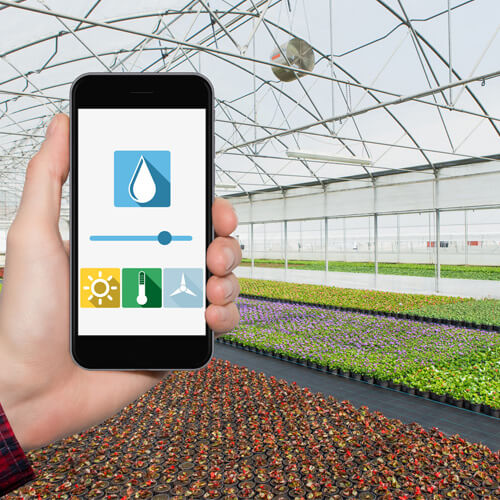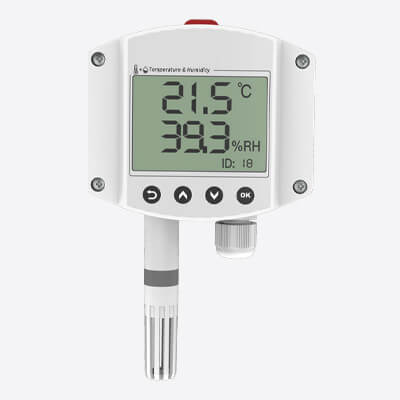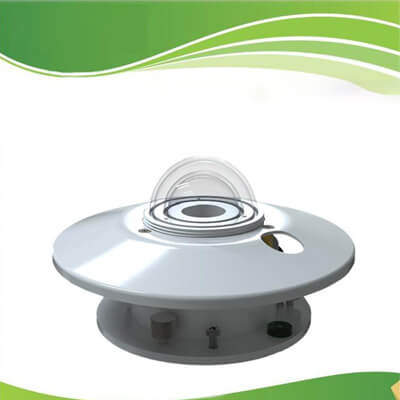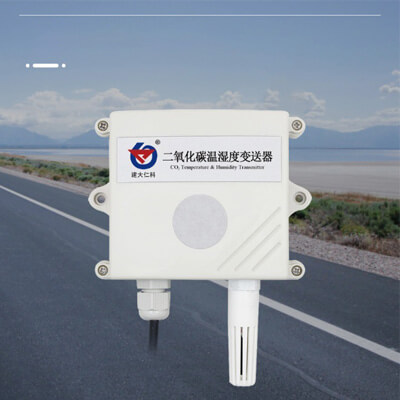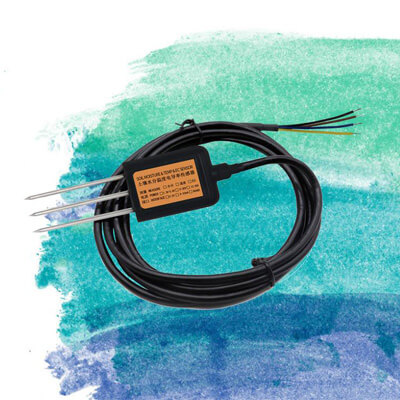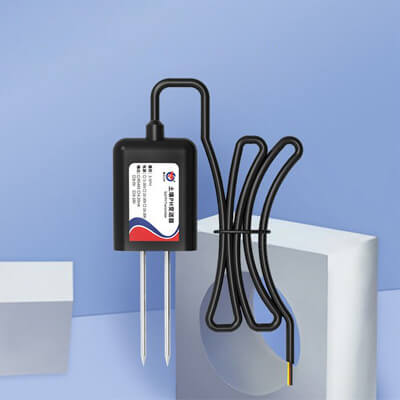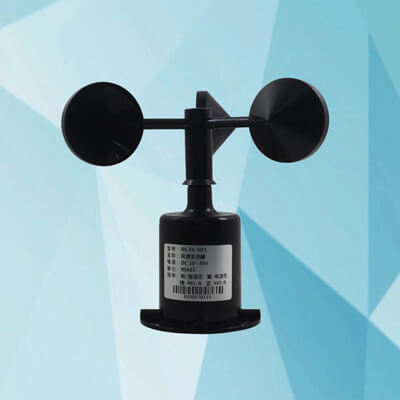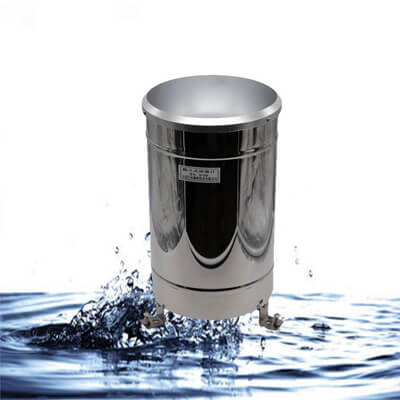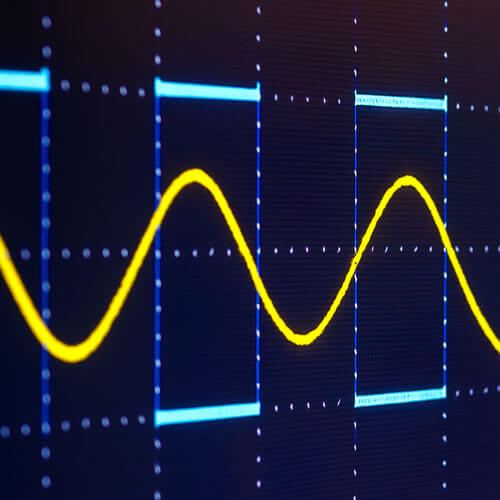A greenhouse is a closed environment that provides optimal conditions for plant growth and promotes plant growth by controlling indoor and outdoor environments. A complete greenhouse remote monitoring system first detects indoor environmental elements through various sensors and then uploads the measurement signals to the control platform through wired or wireless methods, and the control platform remotely controls various terminal valves in the room (such as water valves, heating, Dropper, sprinkler irrigation, and other equipment) work to ensure that plants can grow in the best state.
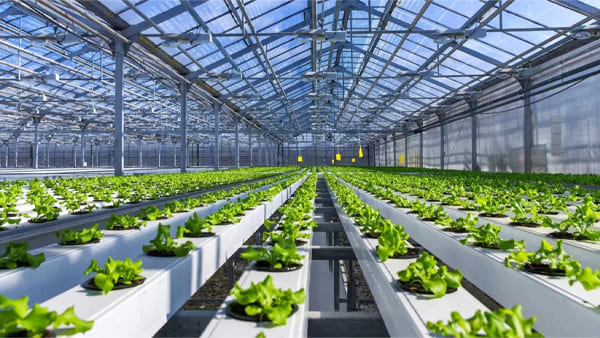
The greenhouse remote monitoring system mainly measures indoor carbon dioxide, temperature, humidity, light, soil moisture, soil ph, and air pressure. Outdoors need to measure basic parameters such as wind speed, wind direction, and rainfall. These factors directly affect the growth of greenhouse plants. The sensor is a key component of the greenhouse remote monitoring system. Each sensor continuously measures a certain environmental factor at a specific location and reports these measurement results to the monitoring system. After the system detects the value deviation, it outputs a signal to the controller of the specific sensor to control the corresponding valve switch and make adjustments in time. The greenhouse remote monitoring system of the Internet of Things can be widely used in agriculture, horticulture, animal husbandry, and other fields. It can implement monitoring and management in places that require special environmental requirements and provide timely measures for realizing the healthy growth of ecological crops and timely adjustment of cultivation and management. Scientific basis, while realizing supervision automation.
During the reading process, you can send us a message through the form on the right to explain your monitoring location and requirements. We will provide a complete monitoring solution according to your needs.
What is greenhouse remote monitoring system?
The greenhouse remote monitoring system can also be called the greenhouse environmental control system. The system uses environmental data and crop information to guide users in proper cultivation management.
Eight Types of sensors for greenhouse remote monitoring system
The biggest advantage of using greenhouses to grow crops is that they can provide ideal temperatures for plant growth and development. Measuring and controlling air temperature is common in many production systems because it has the greatest impact on factory temperature. In greenhouse planting, the adjustment of indoor meteorological parameters is an important factor affecting crop growth and yield, and people need to adjust the indoor environment regularly. The indoor temperature and humidity are directly related to plant respiration, root absorption, transpiration, and other physiological factors.
Greenhouse humidity monitoring is a must. High humidity promotes mold and pest problems in greenhouses. Cold or high temperature seriously hinders the growth and development of plants. Adjusting the temperature and humidity can provide the best growth environment for the growth of indoor plants. The temperature and humidity sensors in the greenhouse provide you with accurate data. There are many options on the market to choose from, and in most cases, you will find a sensor that can check temperature and humidity at the same time.
The temperature and humidity sensor can be connected to an external controller. When direct sunlight causes the indoor temperature or humidity to be too high, the temperature and humidity sensor uploads the current value to the general platform, and the general platform sends a signal to the fan controller of the greenhouse to control its work suction or vent.
2. Light sensor
Proper greenhouse lighting can maximize plant growth and development while minimizing energy consumption. Light measurement helps optimize growth and can be used to automate supplemental light levels in greenhouses and guide light positioning in indoor growth facilities. Light sensors are a good tool for assessing the exposure of plants to light. There are usually two types of sensors used to measure the light in a greenhouse: (1) global radiation, usually called energy units, and (2) photosynthetically active radiation (PAR).
The total solar radiation sensor is a primary pyrometer that measures the irradiance on the plane of the receiving earth. Mainly used to measure the total solar radiation in the wavelength range of 0.3 to 3 microns. If placed horizontally downwards, reflected radiation can be measured, and scattered light-shielding ring can be added to measure scattered radiation.
Photosynthetically active radiation is the basic energy source for the formation of biomass. It controls the effective photosynthesis rate of organisms on the landing site and directly affects the growth, development, yield, and quality of plants. The photosynthetically active radiation sensor adopts the photoelectric sensing principle and can be used to measure the photosynthetically active radiation in the spectral range of 400~700nm. When there is light, a voltage signal proportional to the intensity of the incident radiation is generated, and its sensitivity is proportional to the cosine of the direct angle of the incident light. The dust cover adopts special treatment to reduce dust absorption, effectively prevent environmental factors from interfering with internal components, and can more accurately measure the amount of photosynthetic effective radiation.
Carbon dioxide is one of the raw materials for photosynthesis of green plants, and 95% of the dry weight of crops comes from photosynthesis. Therefore, carbon dioxide has become an important factor affecting crop yields. The greenhouse has been kept closed for a long time, causing the air in the room to be relatively blocked and unable to replenish carbon dioxide in time. After sunrise, due to the accelerated photosynthesis of vegetables, the indoor carbon dioxide concentration drops sharply, and sometimes drops below the carbon dioxide compensation point (0.008%-0.01%). Vegetable crops can hardly carry out normal photosynthesis, which affects the growth and development of vegetables, causes diseases and reduces yield. Therefore, it is very important to use carbon dioxide sensors to monitor the CO2 concentration in the greenhouse. At present, the most commonly used carbon dioxide sensor works based on NDIR non-dispersive infrared technology.
Where is the greenhouse carbon dioxide sensor installed?
When choosing a carbon dioxide sensor, the user needs to install it according to factors such as the area of the greenhouse. If the greenhouse area is relatively small, users can install the equipment in the center of the greenhouse, so that only one device can monitor the overall environment in the greenhouse. If the area of the greenhouse is relatively large, the user needs two or more devices to monitor the entire greenhouse.
In the specific installation process of the carbon dioxide sensor device, you need to pay attention to the following small installation details. First of all, when users install carbon dioxide sensors and other equipment, wall installation is the preferred method of installation. Of course, the environment of the greenhouse often does not have such good installation conditions, so if wall installation is not possible, the user can erect a steel pipe, And then install it by hoisting on it.
Soil water content is the driving force for plant growth. When the water content in the soil is relatively high, the water in the plant will enter the body of the plant through the membrane of the root system, accompanied by a large number of inorganic nutrients in the soil. However, when the water content in the soil is insufficient, the concentration in the root system of the plant is lower than the growth environment of the outside world. This makes the main activity of the root system leading to the soil environment more, and the elements in the soil enter the plant body. If it is too small, it will have an impact on the growing needs of plants. Monitoring the soil moisture content in the greenhouse can help increase yields.
When choosing a soil moisture sensor, it is recommended to choose a soil sensor with a stainless steel probe, which can be inserted or buried in the soil for long-term monitoring without worrying about damaging the sensor. The soil moisture sensor is connected to a controller. When it detects that the soil moisture is too low or too high, the monitoring platform outputs a signal to the controller to control the drip irrigation on or off.
The effect of soil pH on crop growth is mainly manifested in the appearance and shape, material metabolism, growth and development, quality, and yield of plants. If the soil is too acid or alkaline, it will affect the root growth of plants to a certain extent, thereby affecting The normal growth and development of plants. Soil acid-base imbalance can also reduce the availability of nutrients in the soil and affect soil fertility. Therefore, it is necessary for the growth of crops in the shed to monitor the pH of the soil through the soil pH sensor, understand the soil quality, apply fertilizer reasonably, speed up soil improvement, and improve fertility.
When monitoring a variety of soil parameters, you can choose an all in one soil sensor. One sensor can detect soil temperature, humidity, conductivity, ph, and npk values at the same time. It is simple and cost-effective. Renke all-in-one soil sensor is your best choice.
6. Wind speed and direction sensor
Wind speed and direction sensors are usually installed outside the greenhouse to measure outdoor wind values. When the wind speed exceeds the preset threshold, the monitoring platform will output a signal to the controller to control the vent to close, so as not to be damaged by high winds. The most common way to measure wind speed is to use a three-cup anemometer. The wind rotates the cup around a vertical axis, and the number of rotations in a specific time interval is measured to determine the wind speed.
7. Precipitation sensor
Rain gauge is the most commonly used sensor to measure rainfall, installed outside the greenhouse to measure precipitation. When the precipitation reaches a preset value, the monitoring platform can control to close or limit the roof vents or retractable roof. They are the most suitable sensors for this purpose because they allow fast response.
8. Environmental monitoring platform
As the front end of the entire agricultural greenhouse, the sensor needs a summary point after all kinds of data collection, and the environmental monitoring platform is such a role. It collects the data of various sensors, stores and analyzes them. Managers can view the data in real-time through computers, mobile phones, and other terminals, and link related equipment to manage the greenhouse according to environmental information, to realize the scientific, intelligent, and efficient management of the greenhouse.

